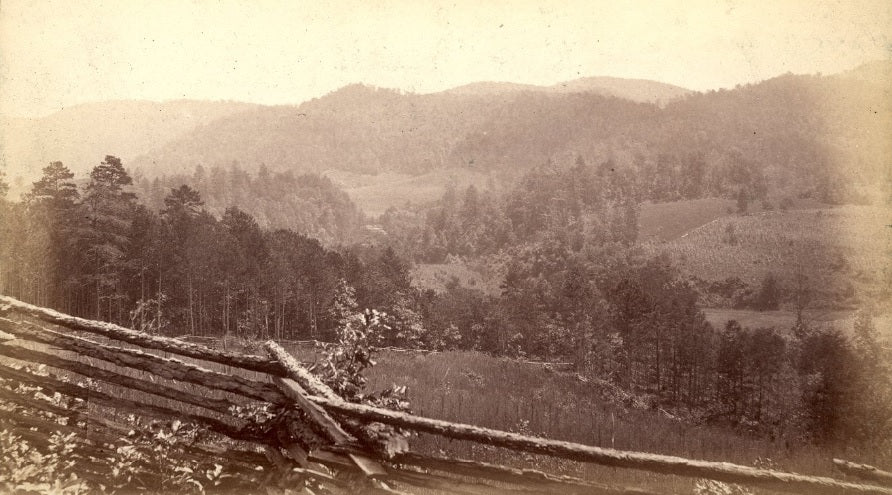
On Foraging, Part 1: The Racist History of Anti-Foraging Laws in the US
Wretched Flowers began as a floristry studio, and we deliberately foraged all of our material from the five boroughs of NYC. Foraging not only allowed us to avoid the environmentally reckless cut flower industry, it also made us feel connected to our home, renewing our relationship to the city. We became curious about how and why certain plants became entangled in the city's ecosystem, and by sharing our findings on Instagram, we began to form an audience and join a community of foragers and plant enthusiasts on the internet.
Foraging felt wholesome and productive, and yet, doing it was illegal. We wondered why. The following explains the history of anti-foraging laws in the U.S.—the first of three short posts about foraging in this country.
***
In the US, laws protected foragers well into the 1800s. One could freely gather wild food from another person’s private property, so long as it was untended. But over time, anti-foraging laws were created to justify the displacement of Native American tribes. Anti-foraging legislation automatically made many Native American communities, who relied on foraging for sustenance, criminalized, all while strengthening the protections for the “private property” of white people.
Then, at the end of the Civil War, we see widespread restrictions of foraging rights, initiated by Southern plantation owners. This was as an orchestrated effort to curtail the self-sufficiency of newly freed slaves. Many freed slaves earned money by selling plants and animals they foraged and hunted, providing them with food and income, and, understandably, some distance from farm work and the famers who had enslaved them. By the enactment of criminal trespass laws, many freed slaves could no longer make a living on their own and were forced back to farm labor and plantation work, at the benefit of the plantation owners who supported the trespass laws.
Additionally, anti-foraging laws targeted rural white Americans. In the 19th century, the basis of the economy amongst mostly rural, white subsistence farmers living in the Adirondack region of New York was the foraging of ginseng, berries, herbs, and other wild plants. But in the 1880s, a group of elites started a “conservation movement” to “protect” the land from its residents, whom they assumed “lacked the foresight to be wise stewards.”
While foraging has become buzzy in the culinary scene in recent years, it still remains illegal. And in this country, it’s a practice dominated by immigrants. (Recommended reading: The Mushroom at the End of the World by Anna Tsing.) Considering our history, it’s hard not to wonder whether our current anti-foraging laws are influenced by xenophobia.
Stay tuned for Part Two in this three part series.